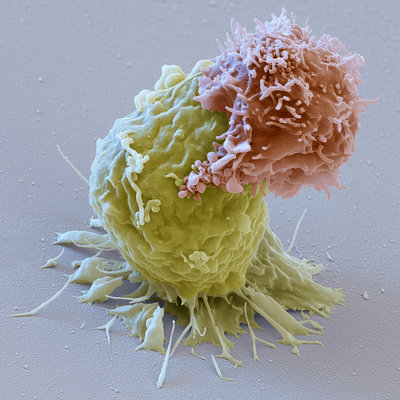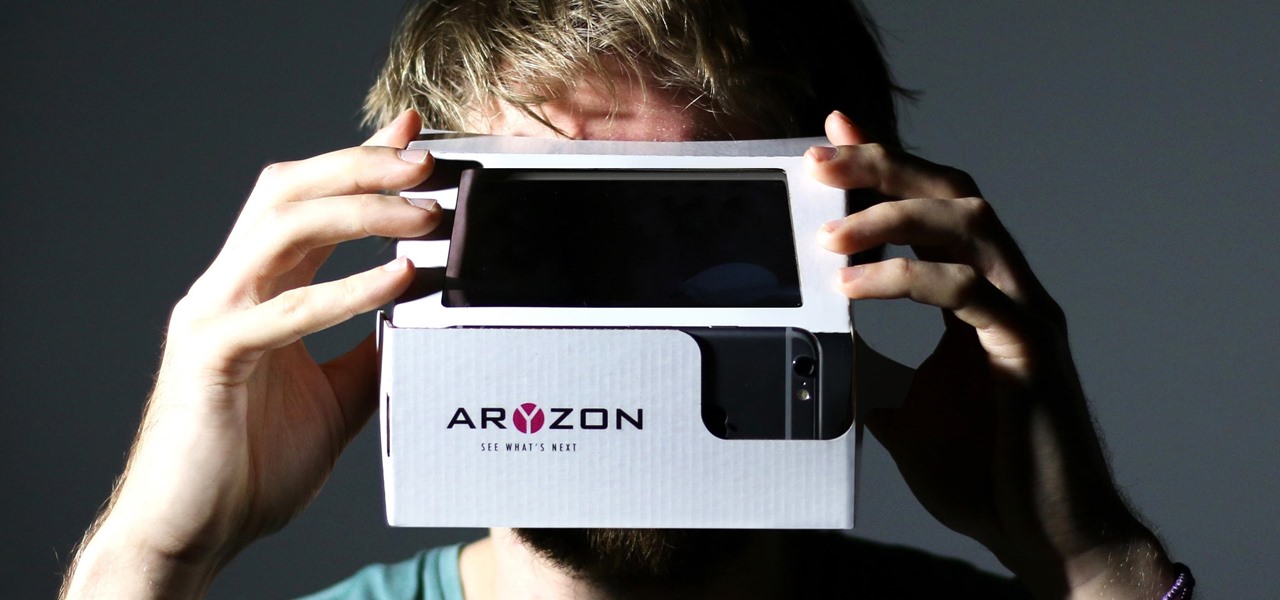Simulations are done with cancer patients undergoing radiation treatments to determine how the patient will feel and react when they are placed in position for their actual radiation treatments. Although the doctor prescribes what position the patients should ultimately be in during the radiation treatments; the radiation therapists are also present during these treatments. For, it is the radiation therapists that will actually position the cancer patients during their actual radiation treatments. For example, sometimes the patient must raise their arms, rather than rest them on their chest, when the patient’s lungs are being treated. Another example is that when treating the femur bone of the leg some mobilization device is used. The radiation therapists write down what boards are used and how many pillows were used to prop up the patients in the simulation; so that when the actual radiation treatment has begun, it is the same as the simulation.
The CT scanner is the work horse of the chamber in radiation oncology. The length of the board the patient is to lie on depends on how long the field of view is from the CT simulator. The CT can be set-up so that you can restrict the beams from the linear accelerator to only what is needed to irradiate. In addition the MRI machine also helps. In conventional radiation treatments, when lateral radiation beams are in use, the higher beams may be blocked from treating the neck. So, a strap is used in neck patients, that goes over the shoulders; and this strap attaches to a small board that goes down to the feet. The abdomen can be compressed during radiation treatments to prevent the diaphragm from moving inferiorly. A head frame may also be utilized to keep the skull of the patient straight. There are also custom made immobilization devices that keep the patient from moving. Mats, blankets, and foam rings are also used to provide comfort to the patient.













































